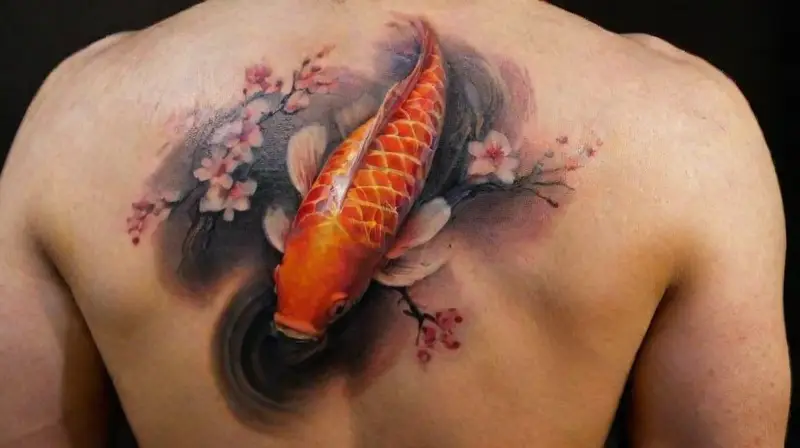Traditional Japanese tattoos, known as Irezumi, possess a rich cultural heritage that has been celebrated for centuries. These tattoos often incorporate symbolic motifs like dragons, koi fish, and cherry blossoms, each conveying specific meanings and tales from Japanese folklore. Their intricate designs are not only a form of personal expression but also a reflection of societal values and aesthetics in Japan.
Over time, the art of tattooing has evolved into a vibrant form of artistic and cultural identity. Many enthusiasts today seek to enhance their tattoo experience by pairing it with traditional piercings, creating a cohesive and meaningful body art ensemble. This blending of tattoo and piercing traditions offers a unique way to honor and preserve Japanese heritage in modern fashion.
The History of Japanese Tattoos
Japanese tattooing dates back over a thousand years, originating from ancient rituals and social practices. Originally, tattoos served as marks of status, spiritual protection, or even punishment. It wasn’t until the Edo period that Irezumi became a widespread form of artistic expression, with artisans crafting detailed and symbolic designs.
Throughout history, the artisans who created these tattoos developed distinct styles, often involving full-body designs and vibrant coloration. Despite periods of prohibition and social stigma, the tradition persisted underground, preserving its techniques and motifs for future generations. Today, Irezumi remains a powerful symbol of cultural pride and resilience.
Iconic Motifs and Their Significance
Japanese tattoos are renowned for their iconography, featuring predictable motifs such as dragons, tigers, and phoenixes. Each element carries a deep symbolic meaning—dragons represent wisdom and strength, while koi fish symbolize perseverance and courage in adversity.
These motifs are often combined with elements like cherry blossoms, waves, and windbars to create a dynamic narrative on the skin. Understanding the significance of each symbol enhances appreciation for the depth and storytelling behind traditional Japanese tattoos.
Techniques and Styles

The traditional methods used in Japanese tattooing involve manual tattooing tools called tebori, which require remarkable skill and precision. This technique results in a distinctive texture and depth, setting Japanese tattoos apart from Western styles.
Japanese tattoo artists typically favor bold outlines, vibrant colors, and detailed shading, creating visually striking and long-lasting designs. The style emphasizes flow and harmony, ensuring that the tattoos complement the contours of the body.
Piercing Pairings in Japanese Culture
Pairing tattoos with piercings has become a popular way to deepen body modification in Japanese culture, especially among modern enthusiasts. Traditional piercings like the helix or ear lobes are often combined with large back or sleeve tattoos to enhance their visual impact.
Some individuals choose specific piercings to match particular tattoo motifs, such as ear cuffs to complement cloud or wave patterns. These combinations create a cohesive aesthetic that showcases personal identity and cultural appreciation.
Contemporary Trends and Fusion Styles

Modern body art continues to evolve, blending traditional Japanese motifs with contemporary piercing techniques and styles. Artists now incorporate piercing jewelry like barbells and rings into Japanese-inspired designs for added texture and dimension.
Fusion styles often feature minimalistic tattoos paired with subtle piercings, appealing to those seeking a more understated yet meaningful aesthetic. This ongoing innovation preserves the essence of Japanese tradition while embracing personal creativity.
Preservation and Cultural Respect
Respecting the cultural origins of Japanese tattoos and piercings is essential, especially for those outside of Japan. Engaging with authentic artisans and understanding traditional significance helps preserve the art form’s integrity.
Many Japanese tattoo artists advocate for responsible practices that honor cultural heritage, expressing the importance of education and appreciation. By doing so, enthusiasts can enjoy body modifications that celebrate a rich artistic lineage with respect and authenticity.
Conclusion
Traditional Japanese tattoos and their piercing pairings are a profound expression of cultural identity, artistry, and personal storytelling. When approached with respect and understanding, they serve as a bridge connecting past traditions with modern individualism.
Participating in these art forms allows people to honor Japanese heritage while also showcasing their unique personality. As body modification continues to evolve, the fusion of tattoos and piercings remains a powerful way to celebrate cultural history and creative innovation.






